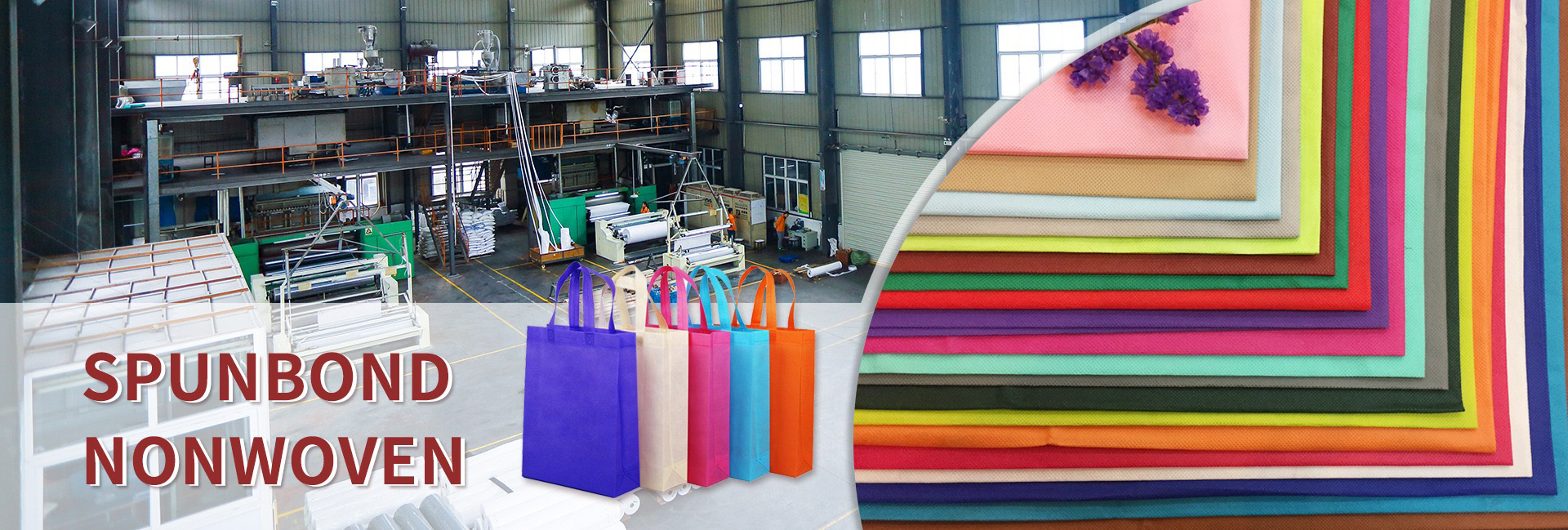The non-woven fabric industry, as an important component of modern textile industry, has a vast market space in the future. Its growth momentum mainly comes from technological innovation, environmental protection demand, policy support, and continuous expansion of downstream application fields. The following is an analysis and prediction based on search results:
Market size and growth trend
Global and Chinese market expansion
The global non-woven fabric market has exceeded 100 billion US dollars, and China, as the world’s largest producer and consumer, produced 5.3 million tons in 2019, accounting for nearly 40% of the global market. It is expected that by 2025, the size of the Chinese market will exceed 9 million tons, with a compound annual growth rate of about 6%. The growth of sub sectors such as absorbable non-woven fabrics is significant, and the Chinese market size is expected to reach tens of billions of yuan in 2023. The compound annual growth rate is expected to exceed the global average by 48% in the future.
Driving factors
Medical and health demand: After the epidemic, the demand for medical protective equipment (masks, surgical gowns, etc.) has surged. The production of meltblown non-woven fabric will reach 1 million tons in 2023 (+15% year-on-year), and the filtration efficiency of medical non-woven fabric will reach international standards (99.99% bacterial filtration).
Environmental trend: Biodegradable non-woven fabrics (such as polylactic acid materials) are expected to significantly increase their market share by 158% due to the rapid rise of environmental policies.
Consumer Upgrade: Demand in areas such as home furnishings and packaging is increasing, with the non-woven towel market growing at an average annual rate of over 10%.
Technological Innovation and Industrial Upgrading
New material research and development
The investment in new non-woven fabric technologies such as nanomaterials and antibacterial materials has increased, and by 2023, China’s industry research and development investment will exceed 5 billion yuan (+25% year-on-year). Polypropylene (PP) non-woven fabric accounts for over 30% in the medical and packaging fields due to its low cost and excellent performance.
Intelligent devices and improved production efficiency
The global non-woven fabric equipment market is expected to reach 11.5 billion yuan in 2023 and is projected to increase to 17.4 billion yuan by 2030 (with a compound annual growth rate of 6.1%). Leading companies such as Andritz and China National Machinery Industry Corporation have increased their production capacity through intelligent equipment (PLC control, modular design), with spunbond equipment accounting for 50% of the global market share.
Policy and Environmental Orientation
policy support
Policies such as “Made in China 2025″ promote the industry’s transformation towards high-end and green products, and provide tax incentives and financial subsidies for environmentally friendly products. For example, biodegradable non-woven fabric enterprises have received policy support, eliminated outdated production capacity, and increased concentration (with the top ten enterprises having a market share of over 50%).
Environmental regulations are becoming stricter
The Environmental Protection Law and other regulations require enterprises to reduce pollution emissions and promote green production. For example, a large enterprise achieved an annual emission reduction of several hundred tons through technological transformation.
Diversified expansion of application fields
Medical and Health
The demand for medical non-woven fabrics (surgical gowns, masks) continues to grow, and it is expected that the medical sector will account for over 35% by 2025. Absorbent non-woven fabrics (such as surgical dressings and sutures) are leading the growth rate in the Asia Pacific region by 47%.
Industry and Packaging
E-commerce logistics is driving the demand for non-woven fabrics in packaging, with the proportion of lightweight and high barrier performance products increasing to 30%.
Home and emerging fields
The market for household goods such as non-woven towels and car interiors has an average annual growth rate of over 10%, and the potential for the application of bio based materials in agriculture and construction is enormous.
Regional markets and global competition
Asia Pacific dominant position
The Asia Pacific region holds 65% of the global non-woven fabric equipment market share, with China as the core growth pole. The industrial cluster effects in the Yangtze River Delta and Pearl River Delta are significant.
International Competition and Mergers and Acquisitions Integration
Top companies such as Truetzschler and Oerlikon occupy the market through technological advantages, while Chinese companies accelerate their global layout through cost-effectiveness and mergers and acquisitions (such as China National Machinery Industry Corporation).
Summary and Outlook
The core growth points for the future market space of the non-woven fabric industry include:
Medical and environmental materials: The demand for absorbable and biodegradable products continues to rise.
Technology driven: New materials and intelligent devices drive industrial upgrading.
Policy dividend: Green manufacturing and increased industrial concentration.
Globalization layout: Chinese enterprises are gradually occupying the high-end market in international competition.
It is expected that by 2025, China’s non-woven fabric industry will form a new pattern led by technological innovation, guided by environmental protection, and coordinated development in multiple fields, becoming a core participant in the global industrial chain.
Dongguan Liansheng Non woven Technology Co., Ltd. was established in May 2020. It is a large-scale non-woven fabric production enterprise integrating research and development, production, and sales. It can produce various colors of PP spunbond non-woven fabrics with a width of less than 3.2 meters from 9 grams to 300 grams.
Post time: Apr-02-2025

